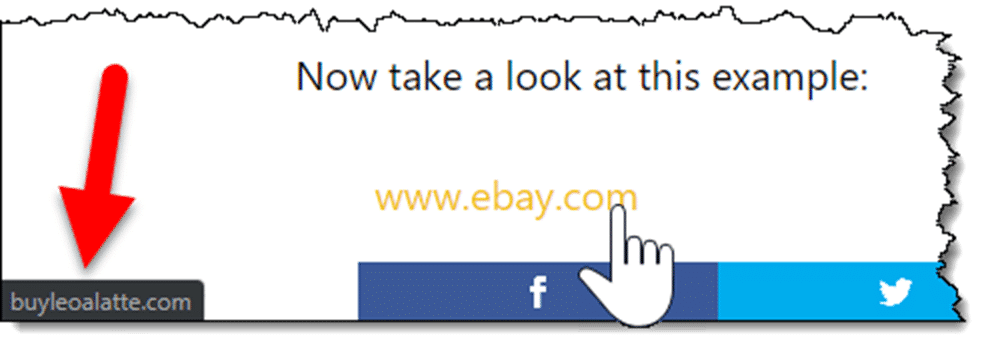
So how do you fix this Outlook HTML email bug? We’ve suggested a few fixes in our article on getting rid of lines in Outlook emails: A few years ago, Email on Acid theorized that it could be caused by odd-numbered heights. This problem seems to occur randomly and was most prevalent in Outlook 2016. While it may not be the worst thing in the world, it looks unprofessional and degrades the email experience, especially if a bunch of these lines appear. The lines inherit the color of the background in an email’s. The client will sometimes add a 1 px line in between elements. This is easily one of the most notorious struggles with Outlook email development. While this isn’t an exhaustive list of the headaches that Outlook email coding can cause developers, it includes the biggest blockers standing in the way of email campaigns that render as expected.
Hover email settings for outlook 2016 windows#
That’s why things like animated GIFs and the use of certain media queries work in some versions of Outlook, but not in the Windows desktop versions. Conversely,, Outlook mobile apps, Outlook for Mac, and the online version of Outlook 365 use WebKit, which is much more reliable for rendering HTML emails. That’s because these clients use Microsoft Word as their rendering engine. So why does Outlook cause so many problems for email developers?Īs you read through this list, you’ll notice that many of the worst issues are limited to the Windows desktop versions of Outlook (2007-2019). Outlook ignores HTML item width and heightġ1 tips for Outlook HTML email development.Outlook ignores margin and padding on images.
Hover email settings for outlook 2016 how to#
Let’s take a look at how to code Outlook HTML emails by diving into the most common rendering problems as well as some ways to solve them. Plus, Outlook usage is prominent among B2B email subscribers. Why do we continue to put up with it? Because we have no choice! Outlook represents one of the “Big 3 email clients,” trailing only Apple Mail and Gmail in popularity. Some of those Outlook issues have been fixed over the years, but others persist. Outlook inboxes have a reputation for rendering emails inconsistently and lacking support for features that email marketers want to use. Just the thought of developing Outlook HTML emails and troubleshooting problems might stir up frustrating memories and give you acid reflux. For email developers, that troublemaker is Outlook.Įmail developers have the same feelings about Microsoft Outlook as web developers once had about Internet Explorer (RIP). In Outlook and the new Outlook on the web, you can hover your cursor over a sender's name or address in the message list to see their email address, without needing to open the message.Īdvanced Outlook.There’s one in every family, classroom, and summer camp: A problem child or a black sheep, someone who requires extra attention until they get set straight. However, if you don't recognize a message with a via tag, you should be cautious about interacting with it. Not every message with a via tag is suspicious.

In this example, the sending domain "" is authenticated, but the sender put in the From address. When Outlook detects a difference between the sender's actual address and the address on the From address, it shows the actual sender using the via tag, which will be underlined. Sometimes phishers try to trick you into thinking that the sender is someone other than who they really are. The sender's address is different than what appears in the From addressįrequently, the email address you see in a message is different than what you see in the From address. You can learn more about more about Spoof Intelligence from Microsoft 365 Advanced Threat Protection and Exchange Online Protection in the Related topics below. Or, if you recognize a sender that normally doesn't have a '?' in the sender image, but you suddenly start seeing it, that could be a sign the sender is being spoofed. However, you should be careful about interacting with messages that don't authenticate if you don't recognize the sender.

Not every message that fails to authenticate is malicious. When Outlook can't verify the identity of the sender using email authentication techniques, it displays a '?' in the sender photo.
:max_bytes(150000):strip_icc()/001A-how-to-save-an-outlook-email-as-pdf-4582106-49d23247292247638f9acec4bed43e8b.jpg)
Outlook shows indicators when the sender of a message is unverified, and either can't be identified through email authentication protocols or their identity is different from what you see in the From address. How can I identify a suspicious message in my inbox?

It is not currently available for Consumer. Note: This feature is supported for Enterprise users.


 0 kommentar(er)
0 kommentar(er)
